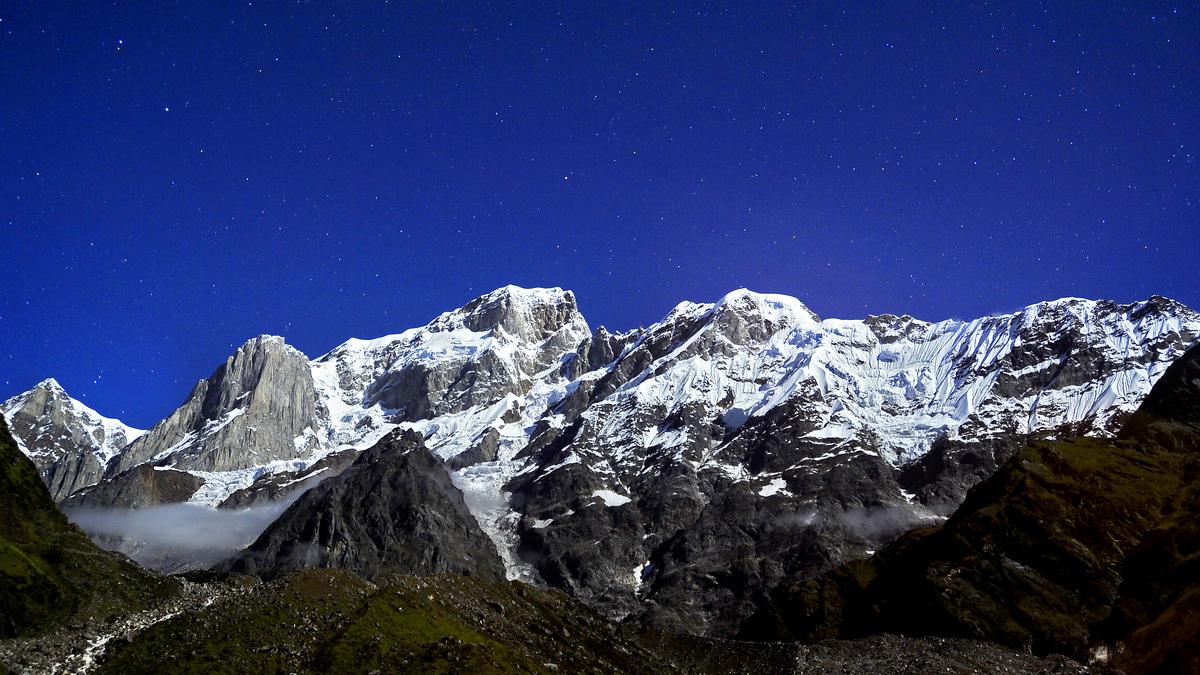- April 14, 2023
NISAR satellite to map Himalayas’ seismic zones

A forthcoming satellite, NISAR, jointly developed the Indian Space Research Organisation (ISRO) and the US’ National Aeronautics and Space Administration (NASA) will map the most earthquake-prone regions in the Himalayas with unprecedented regularity. Photo used for representation purpose only.
| Photo Credit: K.R. Deepak
A forthcoming satellite, NISAR, jointly developed the Indian Space Research Organisation (ISRO) and the US’ National Aeronautics and Space Administration (NASA) will map the most earthquake-prone regions in the Himalayas with unprecedented regularity. The data this will generate can potentially give advance warning of land subsidence, as recently observed in Joshimath, Uttarakhand, as well places that are at greatest risk from earthquakes.
The NISAR satellite, expected to cost approximately $900 million (with ISRO contributing about one-tenth) will use two frequency bands : the L and S-band to image the seismically active Himalayan region that will, every 12 days, create a ‘deformation map’ said Dr Prakash Chauhan, Director, ISRO-National Remote Sensing Centre at a seminar here this week. “The geoscience community can use this to determine the how strain is building up at various parts of the Himalayas,” said Chauhan. These two frequency bands will together provide high-resolution, all weather data from the satellite that is expected to follow a sun-synchronous orbit and will be launched in January 2024.
Strain refers to the deformation that occurs in rocks when it is under pressure from other rocks, usually due to movements of continental plates that are sliding, colliding or subducting against each other. The Indian Plate, for instance, collided into the Eurasian plate forming the Himalayas and continues to incrementally push it upwards.
Based on the intensity of past earthquakes, the knowledge of the speed at which plates moves and the locations at which plates interact (called faults) geologists and seismologists can map out regions that are most vulnerable to earthquakes and how far the resultant tremors can spread. What can’t be deduced however is the timing. Ground-based observatories can pick up underground waves that result from an earthquake and provide early warning. Satellites, depending on how they are positioned and by virtue of their distance from earth can image a wide swathe of earth and, if monitored frequently, can show how mountains and geological formations are changing over time. Scientists from the Geological Survey of India in 2021 published a ‘strain map’ of the Himalayas based on data from 1252 GPS stations along the Himalayas circled out regions that had the greatest odds of generating earthquakes of magnitudes above 8 and their extent. “ These many stations are still too few and there’s only one satellite (Sentinel) that we rely on…with NISAR, the costliest space mission ever, we can have a game-changer in earth-science observation,” said Chauhan.
While satellite imagery to study deformation in land is already employed, the frequency at which observations are taken and the clarity of the images are critical, Dr VK Gahlaut, of the National Geophysical Research Institute (NGRI) told The Hindu. “With a frequency of 12 days and the ability to be able to provide images even under cloudy conditions would make NISAR a valuable tool to study deformation patterns, such as in Joshimath,” he added.
Land subsidence, or the ‘loosening’ of the sub-surface had caused several parts of Uttarakhand to ‘sink’ and this caused water to seep via cracks and crevices into houses. In 2021, a large landslide of rock and ice triggered a flashflood in Chamoli, Uttarakhand that claimed closed to 200 lives and destroyed two hydropower projects. It was satellite imagery that helped scientists decipher the cause of the flashfloods.







